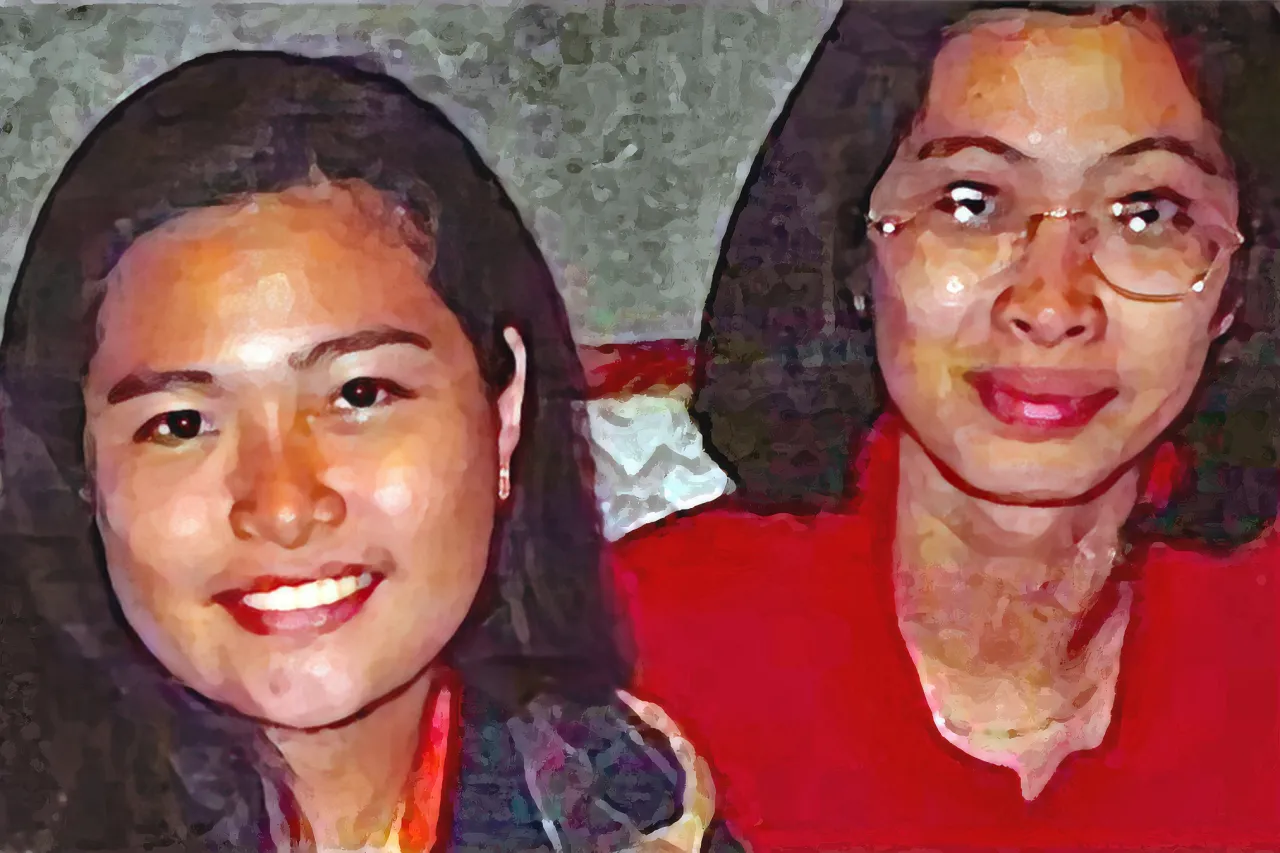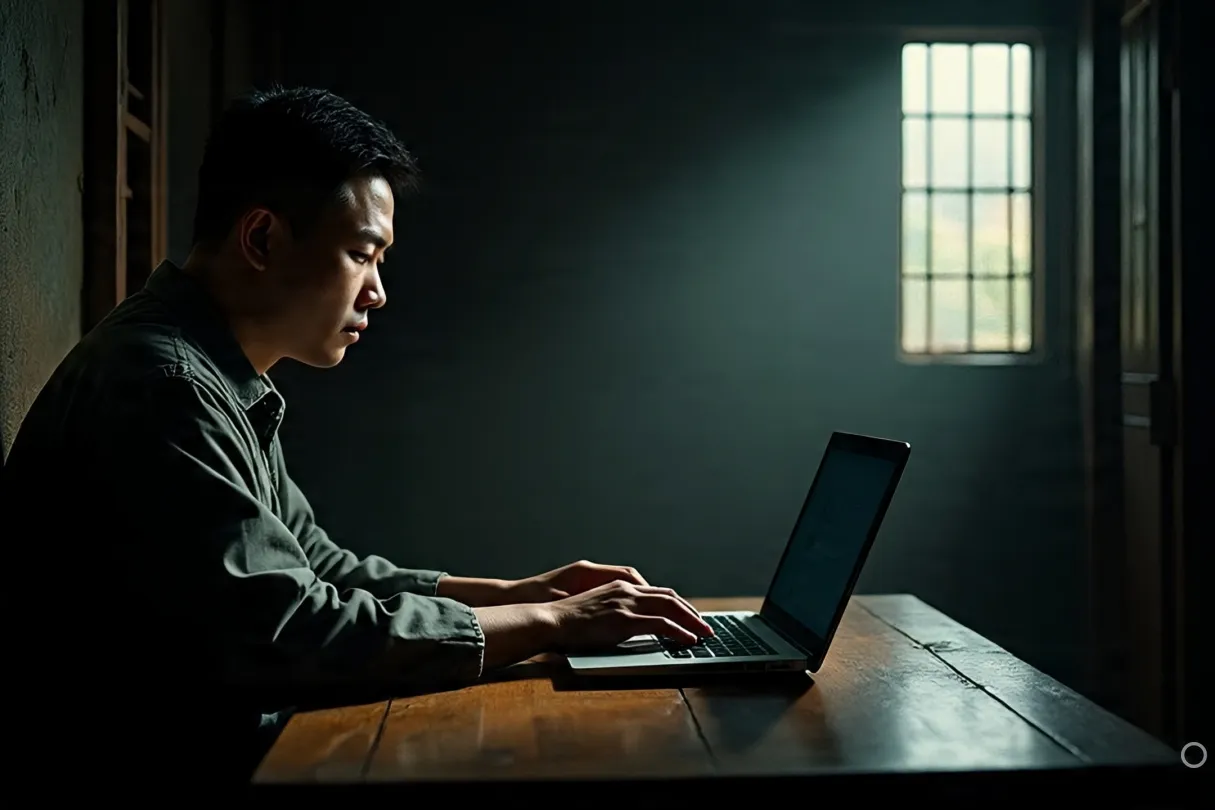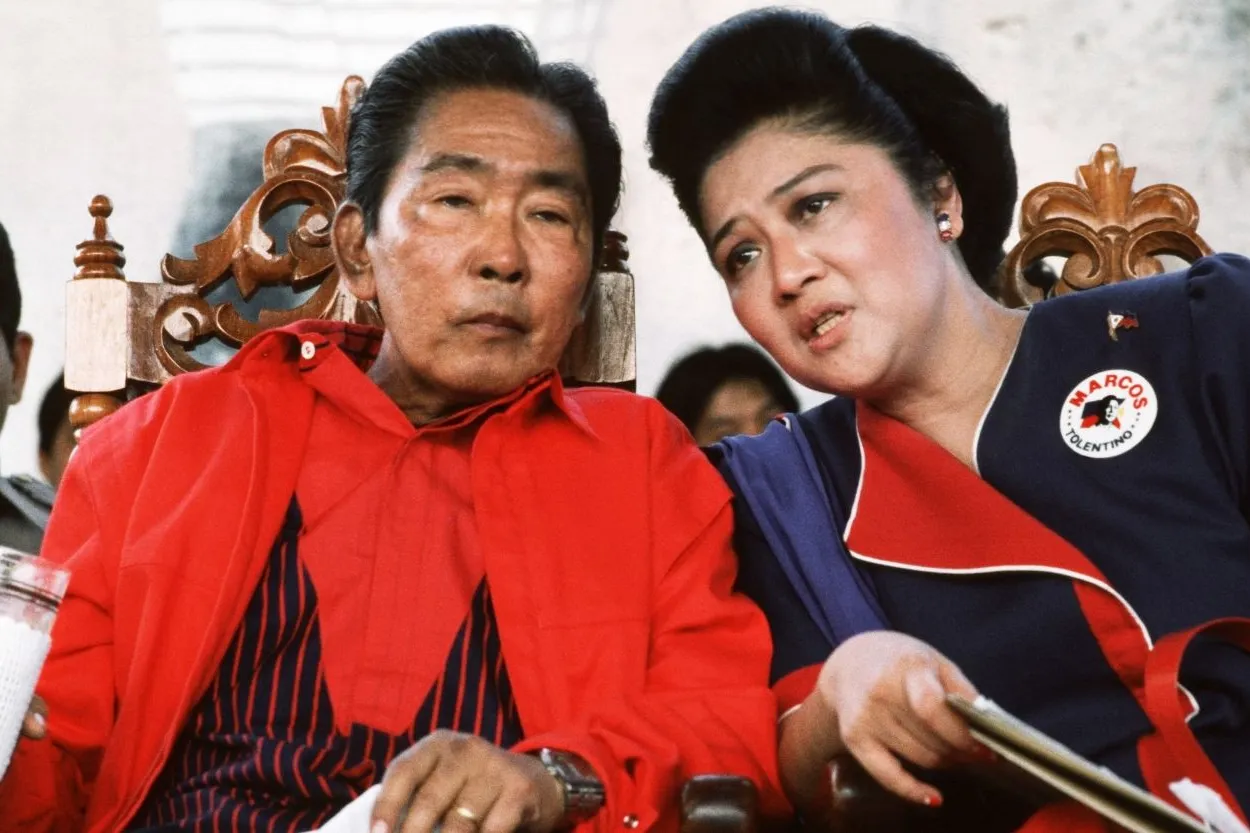🕰️ A Crime That Shook Cebu
On July 16, 1997, Cebu City’s bustling streets carried their usual rhythm — vendors calling out their wares, jeepneys rumbling through intersections, and students rushing home before dark. But for the Chiong family, that day would fracture their world forever. Marijoy and Jacqueline Chiong, bright and full of promise, vanished without a trace. Days later, a body believed to be Marijoy’s was found in a ravine in Carcar, Cebu, while Jacqueline remained missing to this day.
- 🕰️ A Crime That Shook Cebu
- 📜 The Official Story
- ⚖️ Paco Larrañaga’s Alibi
- 🎙️ Voices from All Sides
- 📊 Table 1: Timeline of the Chiong Sisters Case
- 🧐 Points of Contention
- 📊 Table 2: Key Witness Testimonies and Issues
- 🔍 The Public Divide
- 📌 Lessons from the Case
- ❓ Frequently Asked Questions
- 🩸 The Chilling Shadow Over Cebu’s Courtrooms
The case quickly evolved from a missing persons report into one of the most sensational criminal trials in Philippine history. It sparked national outrage, split public opinion, and raised questions about how justice is served — and for whom.
📜 The Official Story
According to prosecutors, the sisters were abducted while waiting for a ride home after meeting friends. The suspects — Francisco Juan “Paco” Larrañaga and six others — were accused of kidnapping, assaulting, and ultimately killing the girls. The state painted a grim picture: a night of horror, an act of pure malice.
The trial moved swiftly. By 1999, all accused were found guilty and sentenced to death. For the Chiong family, it was justice served. For others, especially those who believed in Paco’s innocence, it was a miscarriage of justice of catastrophic proportions.
⚖️ Paco Larrañaga’s Alibi
One of the most controversial aspects of the case was Paco’s alibi. He insisted he was in Quezon City on the day of the crime — hundreds of kilometers away — attending culinary classes. Multiple witnesses, including classmates and instructors, testified in his defense.
Despite this, the court dismissed his alibi, arguing inconsistencies in timelines and the possibility of travel between cities. Critics saw this as judicial tunnel vision, where a narrative was locked in and evidence interpreted only to fit it.
🎙️ Voices from All Sides
👩👧 The Sister Who Waits
“It’s been more than two decades, but I still set an extra plate at the table during Christmas,” says Maria Chiong, a younger cousin. “People talk about evidence, legalities… but they forget we lost two lives. Whether the courts made mistakes or not, my cousins are gone. We live with that hole forever.”
⚖️ The Defense Lawyer’s Frustration
“If we can’t rely on documented alibis, then what’s the point of a defense?” argues Atty. Ramon de la Cruz. “The case shows how the presumption of innocence can be bulldozed by public outrage and political pressure. This was trial by media as much as trial by court.”
📰 The Journalist’s Perspective
“I covered the trial from start to finish,” says Cebu reporter Carlo Mendoza. “I saw a courtroom where emotions ran hotter than facts. The public needed closure — maybe too much. Once the suspects were named, it felt like the rest of the story wrote itself.”
📊 Table 1: Timeline of the Chiong Sisters Case
| Year | Key Event |
|---|---|
| 1997 | Disappearance of Marijoy & Jacqueline Chiong |
| 1998 | Arrest of Paco Larrañaga and others |
| 1999 | Guilty verdict and death sentences |
| 2006 | Death penalty abolished in the Philippines |
| 2009 | Paco transferred to Spain under prisoner exchange treaty |
🧐 Points of Contention
-
🕵️ Alibi Disputes: Was Paco really in Manila, and could he have traveled unnoticed?
-
📂 Evidence Handling: Critics allege mishandled forensic materials and unreliable witness testimony.
-
🗞️ Media Influence: Intense coverage may have shaped public opinion before the verdict.
-
🏛️ Judicial Pressure: The political climate favored a swift conviction to appease public outrage.
📊 Table 2: Key Witness Testimonies and Issues
| Witness Type | Statement | Controversy |
|---|---|---|
| Classmates | Paco was in Manila | Court said times didn’t align |
| Forensic Expert | Linked evidence to suspects | Questions on chain of custody |
| Eyewitness | Saw girls with suspects | Memory reliability challenged |
🔍 The Public Divide
For many Filipinos, the Chiong Sisters case became a litmus test of their trust in the justice system. Was the court’s verdict a firm stand against heinous crimes, or a dangerous example of railroading?
Public opinion remains polarized. Supporters of the verdict point to the need for closure, while critics argue that true justice cannot exist if there’s doubt about guilt.
📌 Lessons from the Case
-
⚖️ Justice Must Be Evidence-Based: Emotion cannot override factual analysis.
-
🔄 Due Process Is Sacred: Shortcuts for quick convictions can erode trust permanently.
-
🗣️ Public Opinion Is a Double-Edged Sword: Awareness is good, mob pressure is not.
❓ Frequently Asked Questions
Q: Were all the accused executed?
No. The death penalty was abolished in 2006, so sentences were commuted to life imprisonment. Paco was later transferred to Spain under a prisoner exchange treaty. His current incarceration there has sparked debates on whether international agreements should apply in controversial domestic cases.
Q: Is Jacqueline’s body still missing?
Yes. Only one body, believed to be Marijoy’s, was recovered from the ravine. The absence of Jacqueline’s remains has fueled countless theories — from secret burials to her possible survival — though none have been substantiated.
Q: Why do some people believe Paco is innocent?
Supporters point to his alibi, the testimony of classmates in Manila, and alleged inconsistencies in the prosecution’s version of events. They also argue that certain witness accounts appeared coached or unreliable, which they believe undermines the verdict.
Q: Did the media influence the trial?
The case was covered daily in newspapers and on TV, often with emotional language and selective focus. Legal analysts have argued that this kind of coverage can subconsciously sway jurors and even judges, creating a climate where acquittal feels politically impossible.
Q: Can the case be reopened?
Only if new and compelling evidence emerges, such as DNA results or credible witness recantations. However, reopening high-profile cases is rare due to the legal and political risks involved.
Q: What role did political pressure play?
Some legal observers believe that at the height of public outrage, political leaders saw the case as an opportunity to show strength against crime. This may have influenced the pace and direction of the investigation.
Q: How did the families cope after the trial?
The Chiong family publicly expressed relief, though grief never faded. Families of the convicted men, meanwhile, launched years-long campaigns to prove their loved ones’ innocence — often facing public backlash and threats.
Q: Were there international reactions to the case?
Yes. Human rights groups in Spain, the US, and the Philippines raised concerns over alleged due process violations, particularly in Paco’s trial. This international attention partly led to his transfer to Spain.
Q: How accurate were forensic findings?
Critics have long questioned the chain of custody and methodology used in the forensic analysis. Without modern DNA testing applied to all evidence, doubts linger on whether physical proof truly linked the accused to the crime.
Q: What’s the lasting legacy of the Chiong Sisters case?
It remains one of the most polarizing legal cases in Philippine history. For some, it’s proof that justice will be served regardless of who’s on trial. For others, it’s a haunting reminder of how public pressure can shape outcomes.
🩸 The Chilling Shadow Over Cebu’s Courtrooms
The Chiong Sisters case isn’t just a story of loss — it’s a wound that never quite scabbed over. In the years since, every major Cebu trial has unfolded under its shadow. Lawyers whisper about it in hallways. Reporters use it as shorthand for injustice. Families of both victims and the convicted still walk the same streets, sometimes brushing past each other in markets or church pews, carrying invisible but crushing burdens.
To this day, there’s an eerie understanding in Cebu’s courtrooms: you don’t mention the Chiong case lightly. It is both cautionary tale and unresolved ghost story — proof that in the Philippines, justice can be as elusive as a missing body, and as permanent as a death sentence that lingers even after it’s repealed. The public may move on to the next scandal, but for those entangled in 1997’s tragedy, time doesn’t heal — it just teaches you how to live with the haunting.




